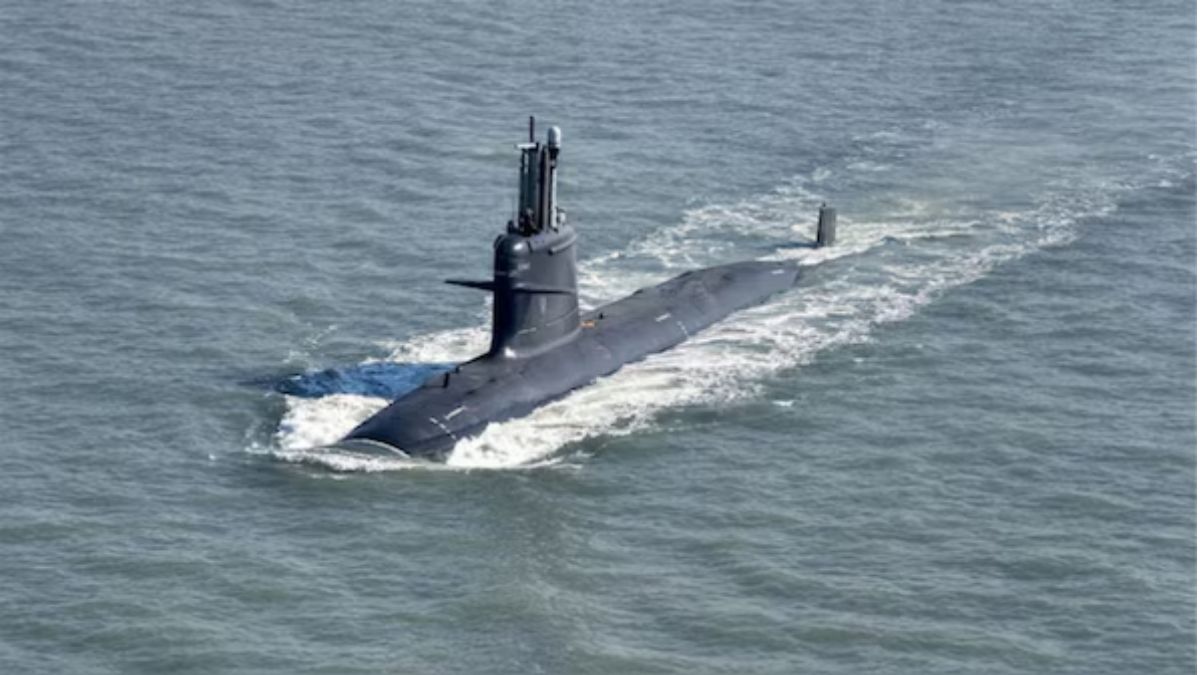India hosted back-to-back visits from German Chancellor Olaf Scholz and Spanish Prime Minister Pedro Sánchez in an importance strategic move to revamp defence relations of India with Europe. Both nations are in the running for India’s Project 75(I), a multi-billion-dollar contract to construct advanced submarines with air-independent propulsion (AIP) systems—a project that could deepen India’s defence partnerships with either country.
India’s defence sector has expanded its export footprint, with public and private companies now supplying military equipment to about 100 countries. In the fiscal year 2022-23, India’s defence exports surged to Rs 21,083 crore ($2.6 billion), with the United States, France, and Armenia ranking as the top buyers of Indian-made arms.
According to reports, India is exporting a range of military hardware, including arms, ammunition, and fuses, alongside fully developed weapon systems and platforms. Notable exports include BrahMos supersonic cruise missiles, Dornier-228 aircraft, artillery guns, radars, Akash surface-to-air missiles, Pinaka rocket systems, and armoured vehicles, marking India’s growing presence in the global defence market.
On Monday, Prime Minister Narendra Modi and Spanish Prime Minister Pedro Sánchez jointly inaugurated the Tata Aircraft Complex in Vadodara, Gujarat in a crucial move as it will produce India’s first privately-built C-295 military aircraft.
Speaking on the occasion, Modi said the Tata-Airbus collaboration would lead to India manufacture for the entire world and not just for India. Modi said, “It is the first tour of Pedro Sanchez to India. From today, we are giving new direction to India-Spain partnership, we are inaugurating factory for manufacturing of C295 aircraft. Not only it will bolster the ties of India and Spain, it will also bolster the mission of ‘make in India, make for the world’. I congratulate the teams of Tata and Airbus.”
Sanchez said, “This project strengthens our industrial ties while underlying our country’s deep commitment as a reliable and strategic partner. And it shows as well the capabilities of the Spanish defence industry. With its world-class expertise and its well-earned international reputation. Spain, like India, is promoting an ambitious roadmap to modernize its productive fabric.”
Impact Shorts
More ShortsMeanwhile, German officials including Ambassador Philipp Ackermann, highlighted Germany’s proactive approach by granting India a special status for expedited defence procurements. The P-75I submarine deal is expected to be a focal point during Chancellor Scholz’s current visit with Germany eagerly awaiting India’s decision.
German direct investments in India were around 25 billion euros ($27 billion) in 2022, about 20% of the volume invested in China, said Volker Treier, head of foreign trade at the German Chamber of Commerce DIHK. He thinks that share could rise to 40% by the end of the decade.
Germany views India as a crucial partner amid global economic shifts, with German firms optimistic about India’s skilled workforce, low-cost base, and robust growth, which hovers around 7%.
Facing economic pressures from the EU-China trade tensions and its own over-reliance on Russian energy, Germany is prioritizing partnerships like India to diversify and strengthen its economy. Economy Minister Robert Habeck emphasised India’s importance to German diversification efforts, particularly in the Indo-Pacific region.
As Germany emphasises India’s critical role in its diversification strategy, this phase of strengthened defence collaboration not only aligns with India’s ‘Make in India, Make for the World’ vision but also positions the country as a central player in global defence and economic networks.


)

)
)
)
)
)
)
)
)



